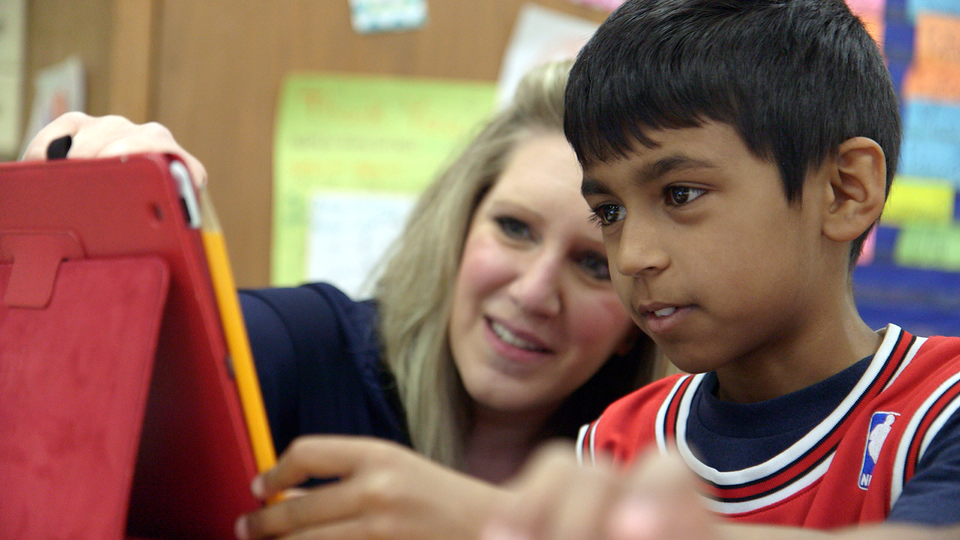Adapting to the Modern Classroom
February 26, 2020
Parents need to adapt their understanding of the modern classroom
Times are changing and so are the ways children learn. It is easy to see that in our digital world traditional textbooks and classes are not keeping children engaged anymore. They get bored and lose interest in paying attention to what is happening inside the classroom. Children are always attracted by new things; in this case technological breakthroughs, and are more than willing to learn when they are stimulated. So, in a world where the child is surrounded by technology and digital media, it is somewhat unnatural to expect them to still want to learn in the old ways. Therefore, parents should be prepared to understand how the modern classroom functions, in order to provide the best support to their children.

The modern classroom is adapting to reflect the way things are changing in the wider world, but also from a desire to make school and education better for future generations. Our children are brighter and smarter and feel the need to be challenged in order to learn, and appropriate technology can make all of this happen. When used correctly, technology can contribute to the development of well-prepared young adults who have everything they need to embrace life and their future careers in the best prepared way.
Articles

In the period since COVID forced many of us back home and out of the office, remote work has become the new norm for many. The flexibility of working from home, especially for those with small children, is very compelling, but making a productive workspace is more than setting up a desk in the spare room. More people are seeking to create functional and comfortable workspaces in their homes, however, it can be difficult to strike the right balance between a professional office space and a cosy home environment. Here are some tips for designing a home workspace that meets both of these needs: Dedicate a specific area for work Designating a specific area for work is essential for separating work from leisure time. This could be a separate room or just a corner of a room. It is important to make sure that the workspace is free from distractions and clutter, as this will help you stay focused and productive. Choose the right furniture Ergonomic furniture is key to a comfortable and productive workspace. Invest in a comfortable chair, a desk that is the right height, and a good-quality mouse and keyboard. If you are prone to back pain, consider a standing desk. Add personal touches Just because your workspace should be functional, doesn’t mean it can’t be personal. Add photos, plants, and other personal items to make the space feel like your own. This will help create a sense of comfort and make you feel at home in your workspace. Good lighting Good lighting is essential for a comfortable workspace. If possible, place your desk near a window for natural light. If not, invest in a high-quality desk lamp to provide bright, even light. Keep it organised An organised workspace will help you stay productive and focused. Use desk organisers, filing cabinets, and other tools to keep your work area free from clutter. A clean and organised workspace will also help you start each day with a clear mind. Consider your work style Think about the type of work you do and how you like to work. If you prefer a minimalist workspace, opt for a simple desk and a few basic supplies. If you need space for multiple screens and other technology, make sure you have enough room to work comfortably. Take breaks It’s important to take breaks throughout the day to avoid burnout. Step away from your desk, go for a walk, or do some stretching exercises to clear your mind and recharge.











